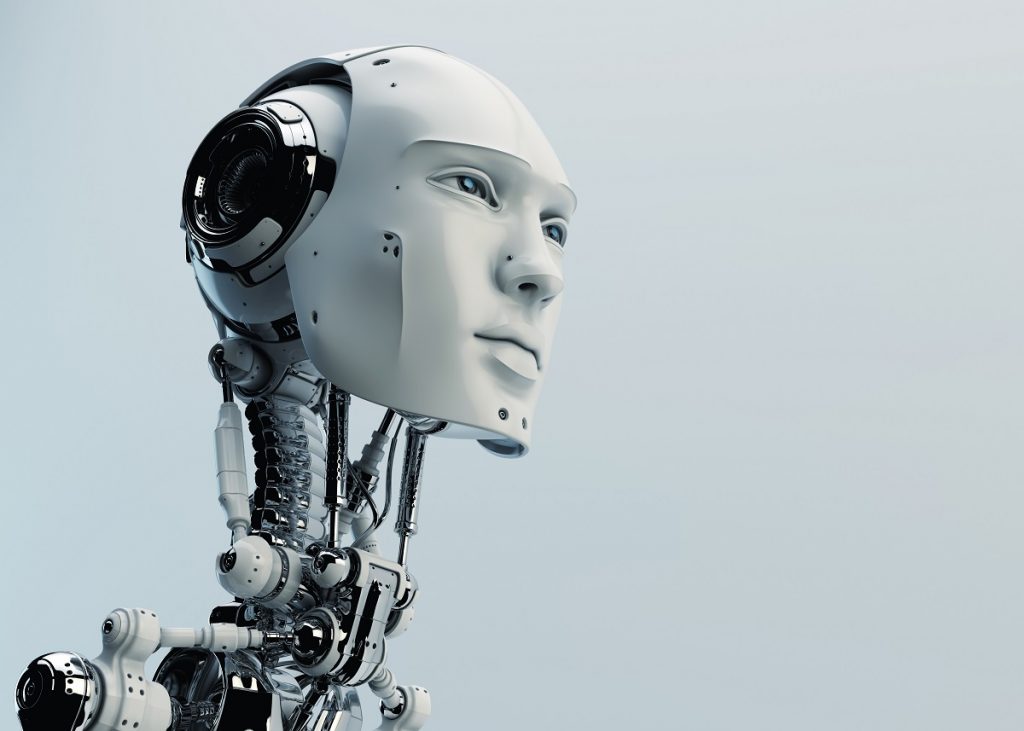The future is now. Experts have been talking about how, one day, robots will take over jobs and leave humans unemployed with zero income. However, the shift has been happening for a couple of years now.
There are still warehouses where people walk around, organizing and retrieving merchandise from heavy-duty, long-span shelving and giant plastic bins. But some have started incorporating technology into the process.
Take a look at the future of warehouses below.
Amazon Robot Workers
In the past decade, Amazon has been slowly automating, adding automation in several fulfillment centers worldwide. It started with a machine that has the capability to pick up and pack products in large warehouses across the United States.
The machine was developed by Kiva Systems, the robotics company that the e-commerce mammoth acquired for $775 million in 2012. The machines reportedly had cut operating expenses by 20% or roughly around $22 million in every fulfillment center.
Amazon also used an army of robots on wheels that look like Roombas. These machines are called “ drives” and are tasked to move huge parcels around the fulfillment centers. The company has more than 100,000 drives working alongside humans.
Then, last year, Amazon introduced a new batch of machines that can quickly and efficiently pack orders. Each one can box 600-700 items an hour, or 4-5 times the rate of a manual human packer.
The machines can do the job of at least 24 employees. That means up to 1,300 people could be replaced if one machine is installed in all 55 of the company’s fulfillment centers in the U.S.
Amazon has revealed plans to place two of the machines at each location. They expect to recover the machines’ cost, which was at $1 million each, in under two years.
Not Yet Ready to Fully Automate
However, Amazon dispelled fears that robots will take over jobs at its warehouses. Scott Anderson, the company’s director of robotics fulfillment, assured that a fully automated warehouse is still at least a decade away.
No matter how sophisticated they have become, machines are not yet on equal footing with humans when it comes to cognitive abilities. Making a robot do simple and repetitive tasks is difficult, time-consuming, and expensive.
Right now, robots are still clumsy. They cannot be expected to fish out a certain item from a pile of boxes without breaking everything around it. So at Amazon’s warehouses, humans are still doing the bulk of the workload.
The Rise of the Machines
While Amazon is not yet ready to entrust its operations to robots, JD.com has already eliminated human workers’ needs. Its facility in Shanghai in China is the world’s first fully-automated warehouse in the world.
In the 40,000 square meter location, only five humans are in attendance. Typically, a warehouse of that size would have around 400 to 500 people. However, JD.com is making its robots do all the work.
Every day, the robots compile and complete orders. They pick, transfer, and pack products across the floor. Other robots, meanwhile, deliver packages to the loading dock and the trucks.
What do the five humans do? They do not do regular warehouse tasks; instead, they were hired to service the facility’s robots.
Automation to Eliminate Jobs or Create More

However, the co-founder of Mujin, the Tokyo-based company responsible for developing the robot staff of JD.com, does not believe that, in the future, robots will fully take over the workforce while humans are left unemployed. He told CNBC that, according to history, the development and use of technology would not make human labor irrelevant one day. Instead, he believes that automation will create more jobs in the future.
He added that companies would benefit from automation. He said that Toyota, a Japanese car manufacturer, fully embraced automation and is now one of the world’s biggest car companies.
Jobs that Will Likely Be Replaced by Robots
A previous study has named which jobs will likely be automated in the future. It included telemarketers, loan officers, order clerks, insurance claims and policy processing clerks, data entry keyers, cargo and freight agents, sewers, and tellers.
The jobs that will not likely be taken over by robots, on the other hand, include recreational and occupational therapists, dieticians and nutritionists, choreographers, audiologists, dentists, physicians, surgeons, and elementary school teachers.
No one knows how the future will look like. If robots become more ubiquitous in the coming years, some people might become redundant in the workplace and have to find other trades to earn a living. Hopefully, when it happens, the world will be ready.

